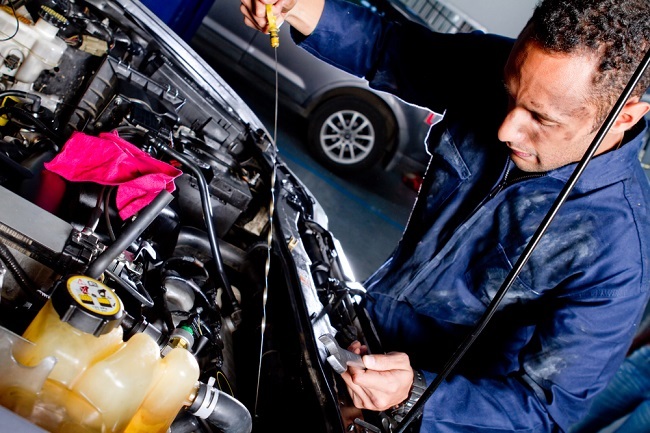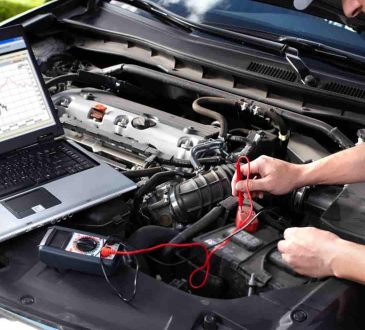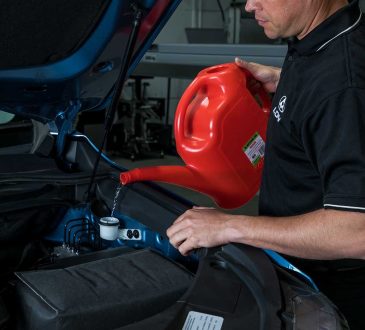
After a collision, even a seemingly minor one, car fenders can sustain damage that isn’t always visible to the naked eye. Fenders are designed to absorb impact and protect underlying components such as suspension mounts, inner wheel wells, and even parts of the vehicle’s frame. What may look like a light dent or misalignment on the outside could be masking a compromised support structure underneath. Professional inspection is necessary to ensure no hidden damage exists that could affect vehicle integrity or lead to more significant issues down the road.
Alignment and Suspension Concerns
Car fenders play a crucial role in maintaining proper clearance for the wheels and suspension. A minor impact can cause the fender to shift or bend just enough to interfere with wheel movement, especially during turns or over bumps. This misalignment may result in rubbing, reduced suspension travel, or uneven tire wear. In more serious cases, a bent fender could even indicate that the suspension geometry has been affected. Post-collision fender inspections help detect these subtle but important issues, allowing technicians to realign or replace components before more damage occurs.
Ensuring Proper Function of Safety Systems
Modern vehicles rely on numerous sensors located near or within the fender area—such as those for blind spot monitoring, parking assist, and collision avoidance systems. A damaged fender might shift or obstruct these sensors, causing them to malfunction or give inaccurate readings. For instance, a misaligned fender could block a radar sensor, leading to a failure in automated emergency braking or lane departure alerts. Inspecting the fenders after an accident ensures that all connected safety systems continue to operate correctly and as intended. Making the right choice for the Auto Repair in North Royalton, OH based service would be essential here.
Preserving Aesthetic and Resale Value
While safety and functionality are top priorities, cosmetic damage to a fender can also affect a vehicle’s appearance and resale value. Scratches, dents, and paint chips not only detract from the look of your car but can also expose the metal underneath to moisture and begin the rusting process. Even small imperfections left untreated can spread or worsen with time. An inspection allows technicians to evaluate the damage and perform necessary repairs or refinishing to restore the vehicle’s exterior and protect its long-term value.
Early Detection Prevents Costly Repairs
Perhaps the most compelling reason to inspect fenders after a collision is to catch and address problems early. Delayed diagnosis of fender-related issues can lead to worsening damage—such as corrosion, wiring issues, or increased wear on suspension components. By having a post-accident inspection, even for seemingly minor incidents, you can prevent small issues from turning into major, costly repairs. A proactive approach saves money and ensures the car remains safe, reliable, and looking its best.
Conclusion
Fender inspections following a collision are about more than aesthetics—they’re a critical step in safeguarding your vehicle’s safety, functionality, and value. Professional evaluations ensure that hidden issues are caught early, keeping your car performing and protecting as it should.




